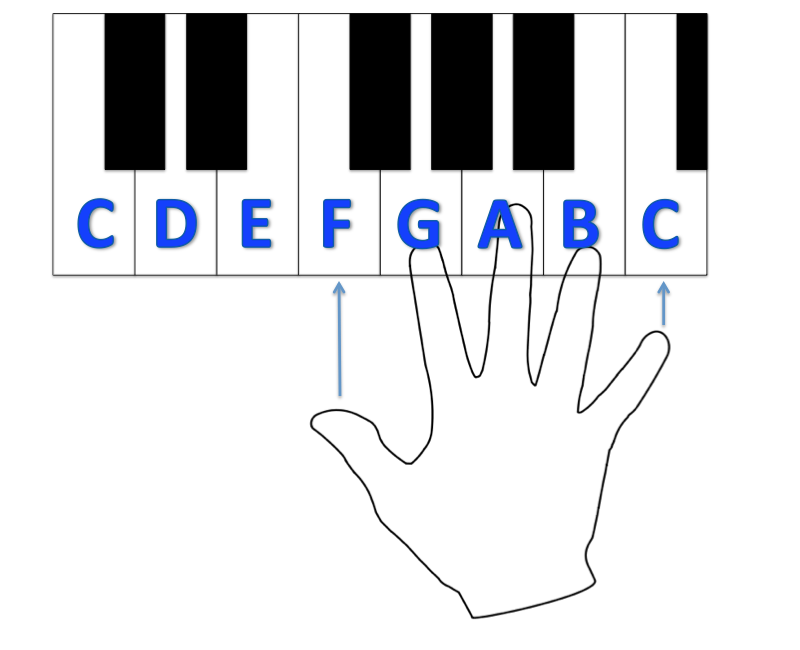Beginner Lessons
Lesson #1 - Hand Position and the Scale
The first lesson provides the basics around hand position. You can learn this at any time by asking, 'Teach me how to play the scale'. It's important to learn how to use all of your fingers, and this drill will provide the instructions. Keep practicing this until you get comfortable moving your hands up the scale, playing all of the white keys.
Basic Hand Position
Start by putting your thumb of your right hand on the middle C key. This is the basic hand position you should begin practicing with. By putting your thumb on this key, your fingers should line up along the notes on the keyboard, with your pinky finger landing on the G key.Now if you are to move up the scale, there are two methods to do so. If all you need to do is play the A key, you can stretch your pinky finger. Playing further up the scale requires repositioning your hand using a technique called a crossover.
Did you know? The most basic musical scale is called C Major. This is where only the white keys are used.

Getting Started - Basic Hand Position
Learning the Crossover
The crossover is how you move your hand up the scale. This is done by moving your thumb under your index and middle finger, then moving your entire hand. Here is how it works when playing the entire scale.
Step 1 - Move thumb under middle finger.

Step 2 - Move hand to the right.
Say 'Repeat Lesson' to repeat this until you are comfortable playing the entire scale.
Lesson #2 - Down the Scale
Details here